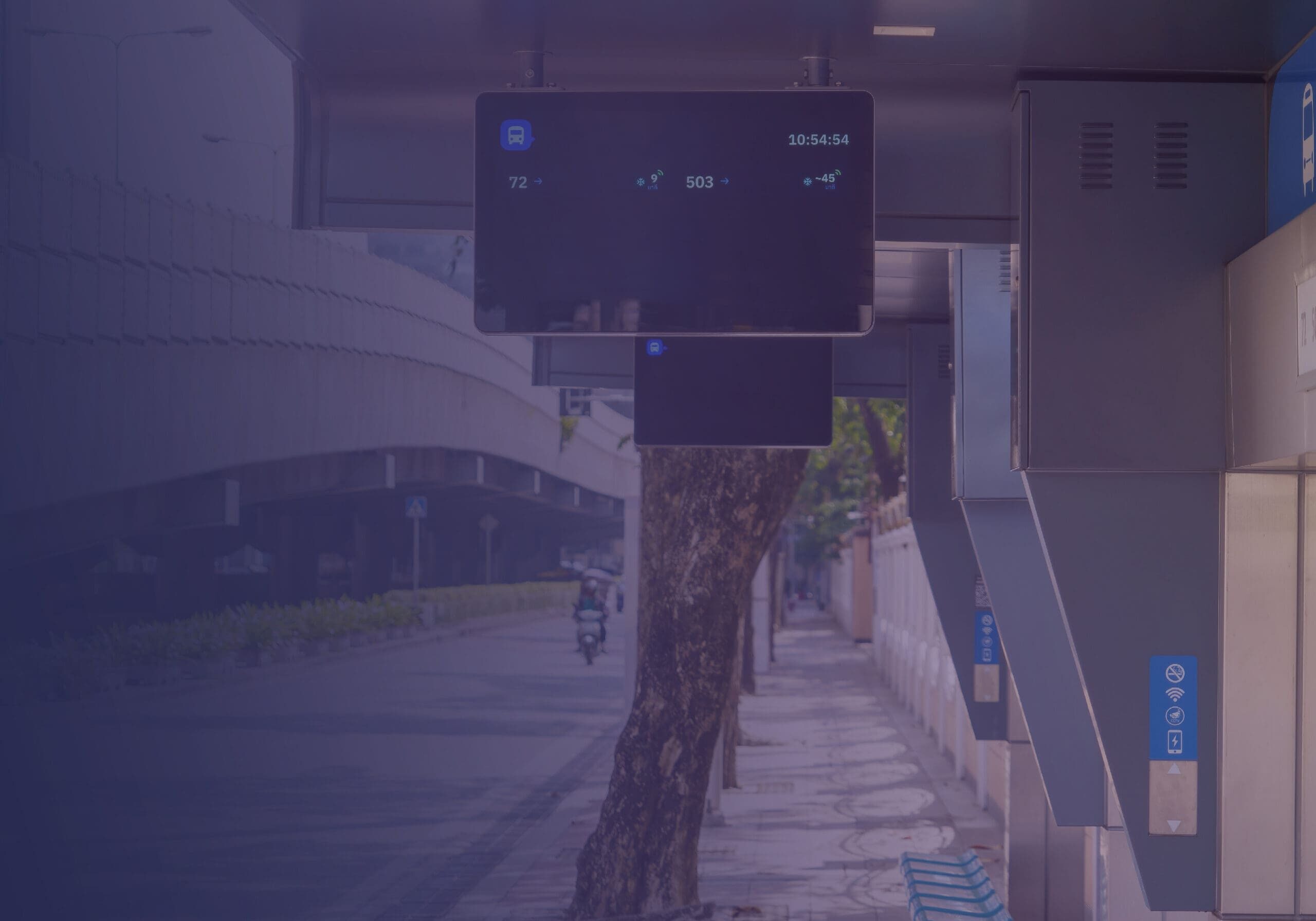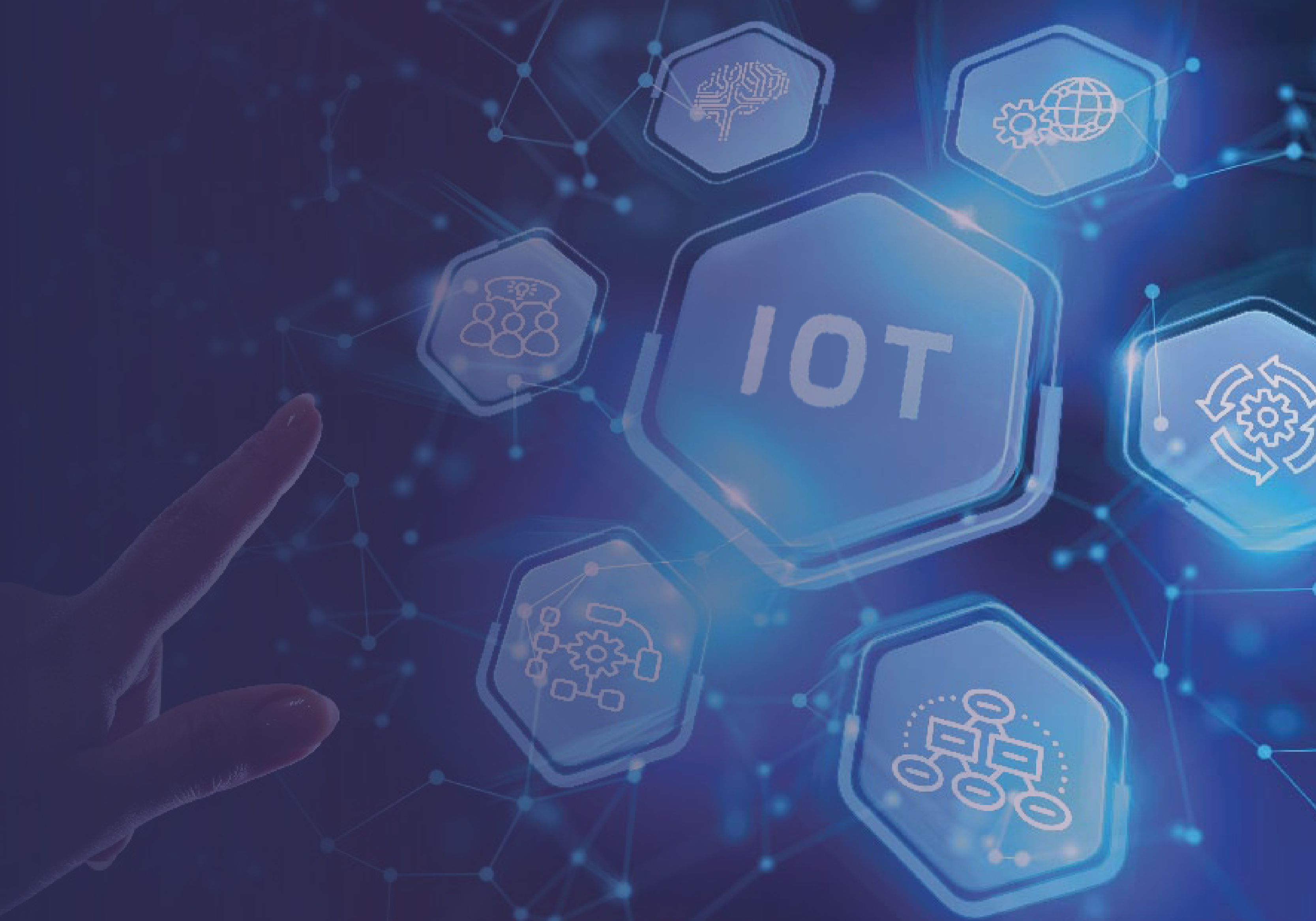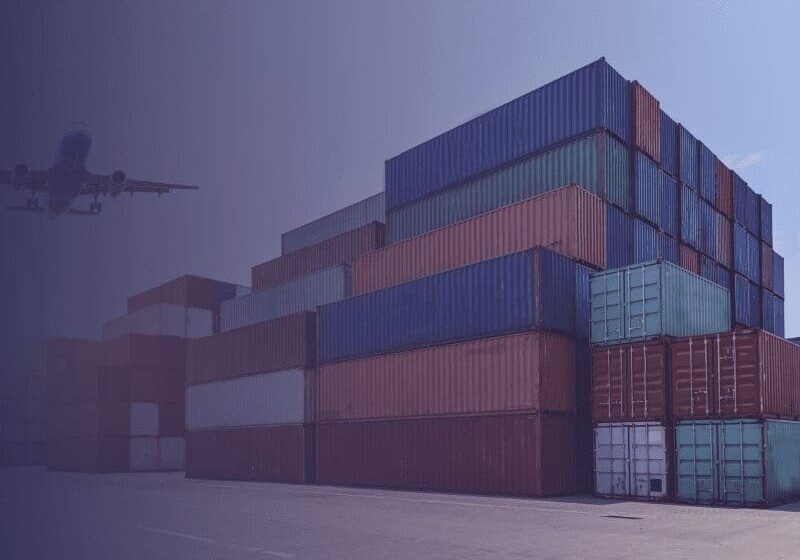How to Leverage IoT Connectivity for Sustainable Cold Chain Monitoring
IoT has the potential to revolutionize cold chain monitoring in the agriculture industry, a critical process for ensuring the quality and safety of perishable goods. IoT connectivity can automate data collection and provide real-time visibility into the supply chain, allowing for improved quality control, increased efficiency, and cost reduction. Here's what IoT is, how to leverage it for your business, and which connectivity platform to choose.
Top Benefits Of IoT In Cold Chain Monitoring
The Internet of Things (IoT) refers to all of the tangible objects that are connected to the internet and can obtain, transfer, and act on data. These objects include anything connected to the web, including smartphones, computers, vehicles, smart home devices, and GPS trackers.
One of the key benefits of using IoT connectivity for cold chain monitoring is improved quality control. Collecting data throughout the supply chain and tracking real-time data on conditions helps ensure products are stored and transported under optimal conditions and makes it possible to identify issues early on and take corrective action to prevent spoiled or damaged goods.
Another benefit of using IoT for supply chains is increased efficiency. Automated monitoring and data collection help increase agricultural efficiency by reducing the need for manual tasks like taking inventory or checking temperatures.
This also helps to cut labor costs, reduces spoilage waste, and improves productivity and resource utilization. Better visibility into the supply chain can also help identify opportunities for cost reduction through improved efficiencies or negotiated discounts with suppliers.
IoT In Agricultural Applications
IoT-enabled devices can help farmers increase efficiency by automating tasks such as irrigation and fertilizer application. For example, a sensor-equipped irrigation system can automatically adjust watering schedules based on real-time data about soil moisture levels. This type of precision agriculture can save farmers time and money while also reducing water usage.
IoT can also promote sustainability by allowing farmers to monitor greenhouse gas emissions from livestock operations and make adjustments as needed. This data can be used to improve animal husbandry practices to reduce emissions over time. IoT-connected weather stations can also be used to forecast weather patterns and advise farmers on when to plant crops or take other actions that would minimize the impact of extreme weather events on crop yields.
Best Practices For Implementing IoT Connectivity In Cold Chain Monitoring
There are a wide variety of IoT connectivity solutions on the market, each with its own set of features and capabilities. You should take some time to research and compare different solutions to find the one that is best suited to your particular needs.
Once you have a good understanding of the current market solutions available, start identifying your specific pain points and goals. What are the areas in your cold chain monitoring process that could be improved? What goals do you hope to achieve by implementing an IoT connectivity solution? By clearly defining your objectives from the start, you'll be better able to select a cold storage solution that is capable of meeting your needs.
Integrating Automation Into Your Supply Chain
Automating the process of collecting data using IoT-enabled technology can help companies reduce the amount of labor needed to run their operations and can improve the accuracy of data collection and analysis by reducing the chances of human error. For example, RFID tags can be placed on a product at the time of its creation, allowing it to be tracked in real-time and giving businesses visibility into how their products are being shipped and maintained.
Another way that automation is being used in cold chain monitoring is through the use of predictive analytics. By analyzing historical data collected from sensors, companies can begin to understand trends and patterns in how conditions change over time. This information can then be used to predict future conditions and make adjustments accordingly.
For example, if a company knows that temperatures in their warehouse tend to drop at night, they can adjust their cooling system accordingly so that products are protected from potential damage.
Sustainable & Efficient Cold Chain Monitoring With EPIC iO
EPIC iO is a top provider of IoT connectivity solutions for the agriculture industry and our proprietary software is designed to increase efficiency, cut costs, and improve sustainability across multiple platforms. To see how we can help you leverage IoT connectivity in your business, schedule a live demo today.








